- Lectures
- Online tutorials
- Problem-based Learning(s)
- Assignment(s)
- Presentation(s)
It makes little sense to design databases that meet design elegance standards while they fail to meet end-user information requirements
Therefore, always explore the use of carefully defined trade-offs to ensure that the databases meet end-user requirements while conforming to high design standards
An information system is designed to help transform data into information and to manage both data and information.
Thus, the database is a very important part of the information system
Systems analysis is the process that establishes the need for an information system and its extent.
Systems development is the process of creating an information system

In today's world, data is ubiquitous(abundant, global, everywhere) & pervasive(unescapable, prevalent, persistent)
Databases, are specialized structures that allow computer-based systems to store, manage, and retrieve data very quickly
From birth to death, we generate and consume data. In between, each individual produces and consumes enormous amounts of data
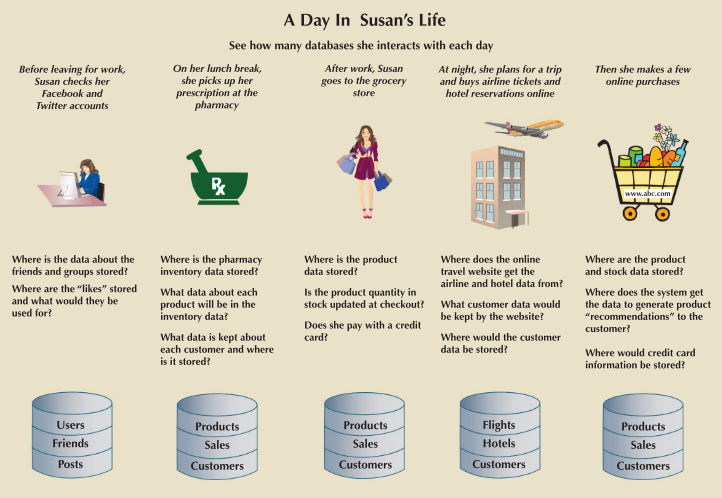
Data
Information - information age
bedrock of knowledge - what is it?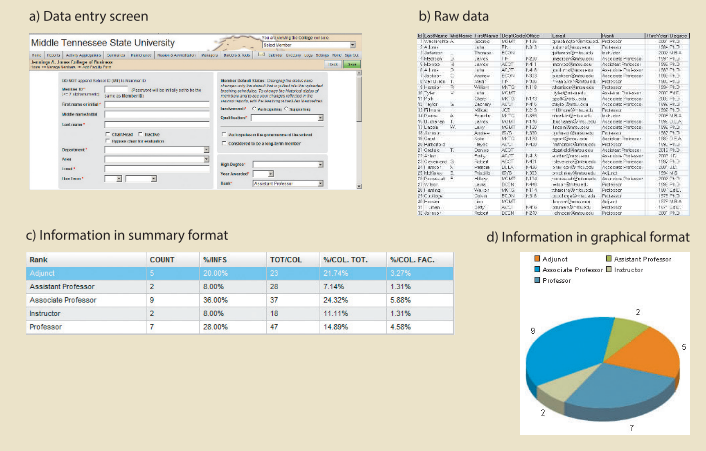
Data management
addition, deletion,modification, & listingDatabase
data about data; i.e., data about data properties & relationshipsDatabase management system (DBMS)
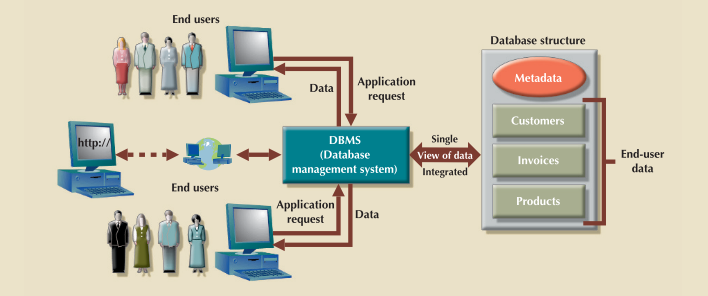
Single-user database-A database that supports only one user at a time
Multi-user database-A database that supports multiple concurrent users
Enterprise database-The overall company data representation, which provides support for present and expected future needs
Centralized database-A database located at a single site
Distributed database-A logically related database that is stored in two or more physically independent sites
Cloud database-A database that is created and maintained using cloud services, such as Microsoft Azure or Amazon AWS
Business intelligence-A set of tools & processes used to capture, collect, integrate, store, & analyze data to support business decisions

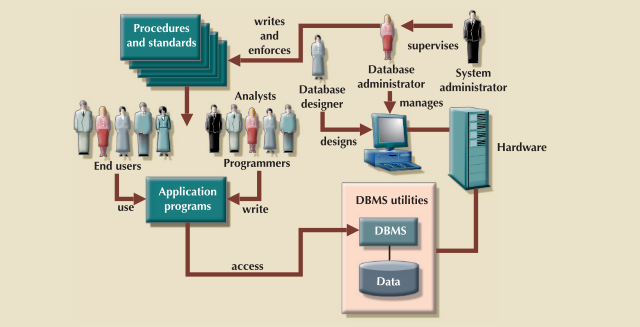
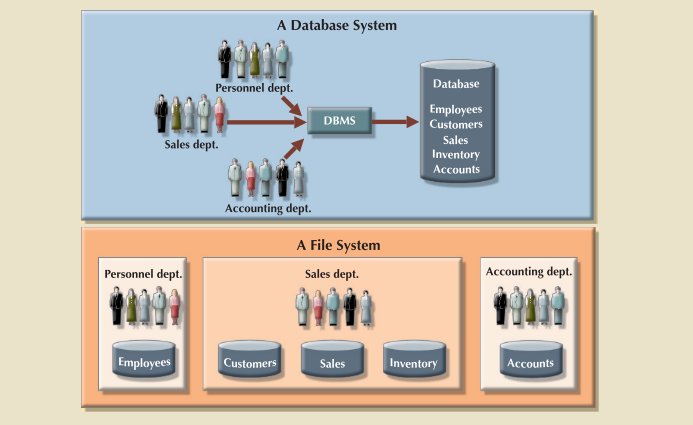
Queries about this Lesson, please send them to:
*References*
- Database Systems: Design, Implementation, and Management, 12th ed.
Carlos Coronel & Steven Morris- Database Modeling and Design; Logical Design, 5th ed.
Taby Teorey et.al- Fundamentals of database systems, 6th ed.
Ramez Elmasri & Shamkant B. Navathe
Courtesy of …